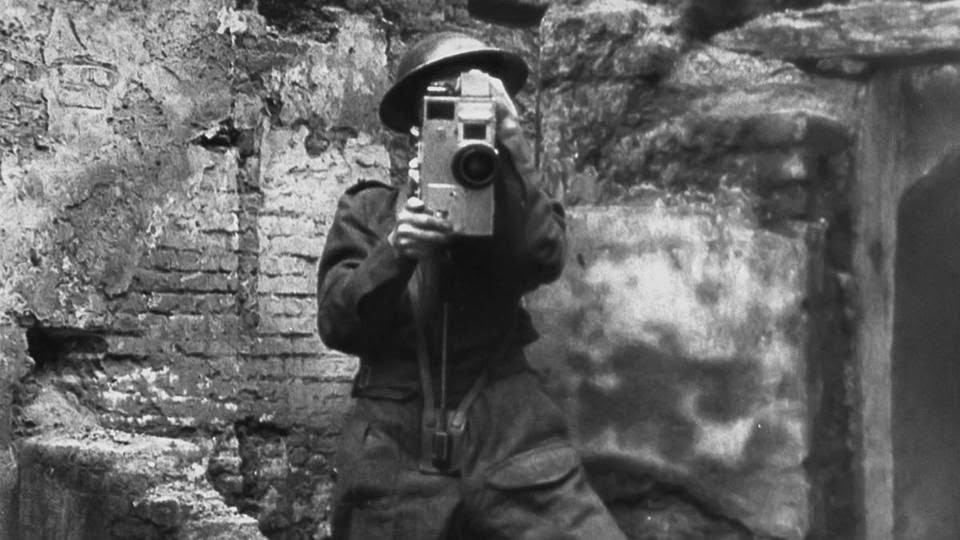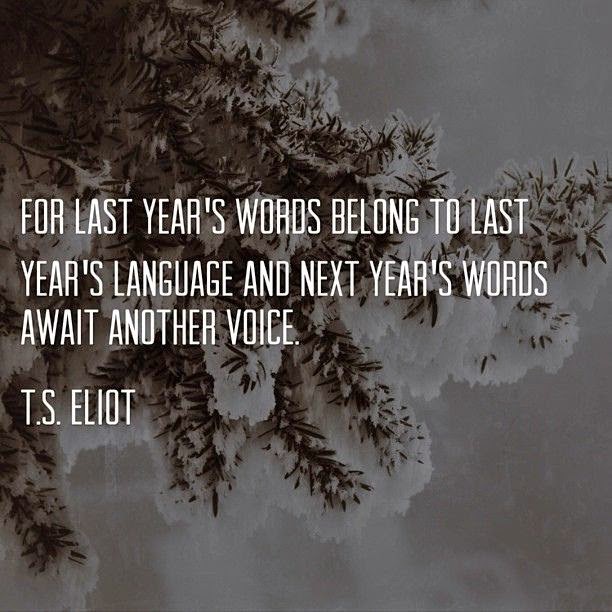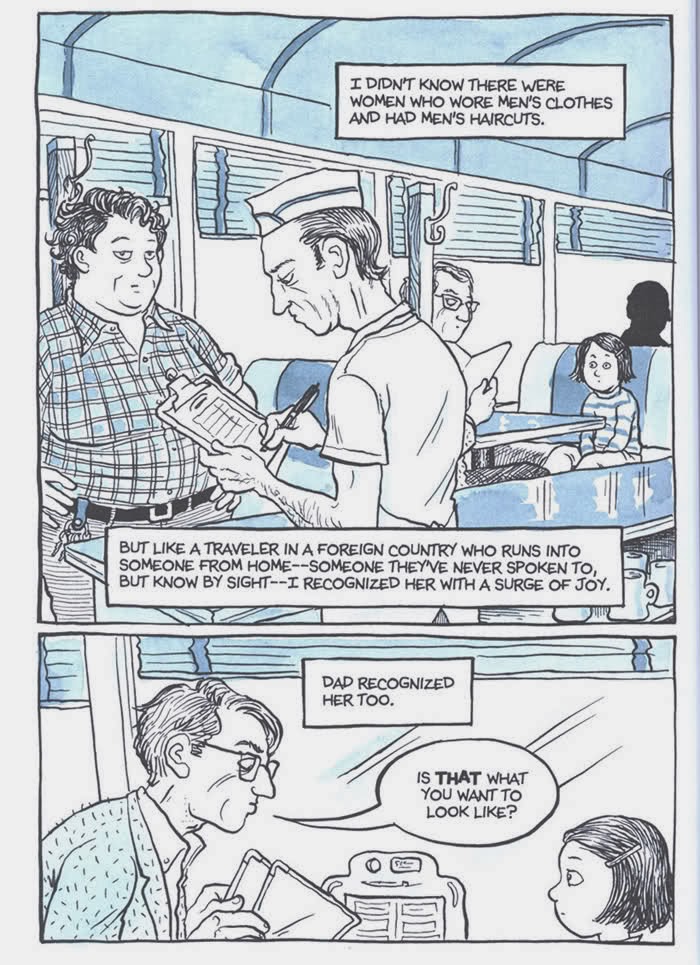What do people think of when they think about museums? Specifically, I am talking about what college students, most of whom come from eastern Massachusetts, think of when you ask them to do a free association with the word "museums." Now to be fair, this class of mine, Intro to Public History, has a mixed blend of students. Some are avid young public historians and they take as many classes as they can in material culture, museum studies, architecture, local history, etc. Others, ummm, it fit their schedule. So here's what comes to mind for them: I am not sure why we had so much fun with this, or why I found the exercise both utterly entertaining and oddly gratifying. But I did. We laughed a lot. We had an intelligent conversation. I guess that's it. We laughed a lot and had an intelligent conversation. (Not necessarily mutually exclusive activities, but you'd be surprised how rarely the two occur si...
















